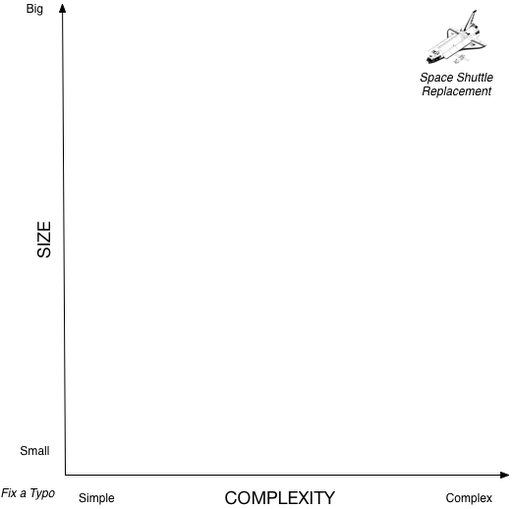I’ve had people ask me, how do I make the Cynefin Framework useful? How do I apply it? I am going to walk through one way I use the framework, I’m not going to spend much time explaining technical terms here.
To be clear this is a personal evolving model, it may or may not work for other people in other companies.
As a CTO I am required to manage a volume of problems presented to me. As an executive my time is often too fragmented by non-negotiable commitments. I like to personally lead the efforts to resolve problems, however often times I am unable to . When this occurs I need to be able to delegate the resolution of the problem effectively. This post will show my framework for delegating work.
Order or Un-Order Let me start by the “triage” level of problem solving. First things first, Ordered or UnOrdered?
Let me start by the “triage” level of problem solving. First things first, Ordered or UnOrdered?
Order and Un-Order look to the future in different ways. Order views the world in a traditional mechanistic, cause and effect way, making plans works. Un-Order on the other hand assumes that the future is unpredictable, cause and effect doesn’t hold, and previously observed patterns may not hold. Determining order vs un-order can quickly give me a sense of the potential responses.
Ordered
Heuristic:
- Defined outcome.
- Inspection reveals quality of work.
- Exploitation
Examples:
- Complete an Invoice
- Create HTML for an approved Design
- Determine why a server isn’t running correctly
- Load Test a system
- Implement a intricate financial algorithm
Un-Ordered
Heuristic:
- Definable desirable traits / Multiple possible good results
- Novel domains or concepts
- Inspection reveals “fitness” for use.
- Exploration
Examples
- Create a new product
- Find a new market
- Create a valuable social presence
- Train employees
If I have no more time to investigate the problem further, I’ll treat anything that falls in the Ordered side as Complicated and anything that falls in the un-ordered side as Chaotic.
Delegating and Managing the Problem
Heuristic:
- I know the Answer
- Most people should be able to know the answer
- I can inspect and determine the quality of the work at any point.
Action:
- Delegate resolution to individual or team with appropriate knowledge of process
- Investigate why Simple problem surfaced to Executive level
- Determine if enough individuals are trained in appropriate solution
 Complicated
ComplicatedHeuristic:
- I know someone has a solution
- I may not personally understand how to complete the detailed solution
- I can inspect the results of the work and validate that it meets my needs
- I may not be able to inspect the intermediate results to validate fitness
Action:
- Assemble group of Experts with previous experience solving simular issues.
- Define clear unambiguous resolution state
- Initiate Discussion about possible solutions to resolve problem
- Focus experts on resolution state not details
- Assign an expert to own “goodest”/satisficing suggested solution
- Frequent follow up with expert until problem is resolved
Complex
Heuristic:
- I know a group of people who would be interested in this problem
- I have multiple possible good results in mind
- I can’t define how I would validate the results ahead of time
Action:
- Work with a group of teams to describe problem
- Attempt to inspire a team to self engage the problem
- Delegate to team that creates the most coherent explanation of forward movement
- Frequent follow up to determine response remains coherent
- Ensure appropriate access to new information and resources
- Work with team to begin to explain novel solution to internal resources
Heuristic:
- I know individuals who would be interested in this problem
- I’m unsure how to describe the problem or the solution clearly
- Assemble a heterogeneous group of individuals with divergent skill-sets, view points and responsibilities
- Present problem
- Work to create a network of individuals with a shared vocabulary to minimally describe problem
- Define multiple possible experiments to “find our way”
- Delegate experiments to teams (ideally not from this group of individuals)
- Periodically reform network to evaluate results and new suggestions (ritual dissent)
Dis-Order
You may be thinking, what about the Disordered domain. My disordered heuristic is that I don’t know anyone who would know anything about the problem and I need to gather more information.
The first thing I do when I find myself unable to figure out which domain a problem is in is to seek peer advice. Peers include the other executives and personal contacts that can potentially add enough information to the problem to clarify it for me.
If the problem remains disordered I treat it as chaotic, with an expectation that it will resolve itself into one of the domains quickly. The important difference I think is a heightened awareness of the likelihood of a rapid potentially disruptive transition.



































Scuttlebut